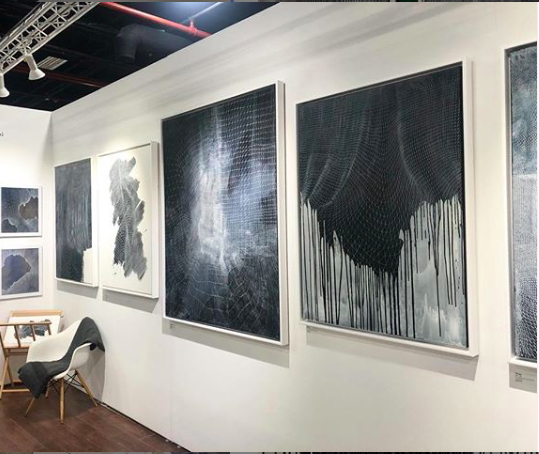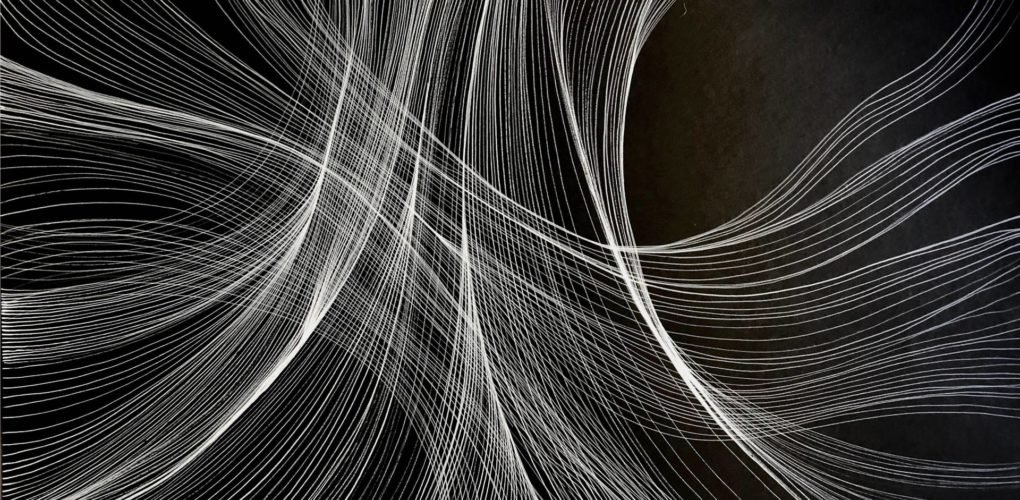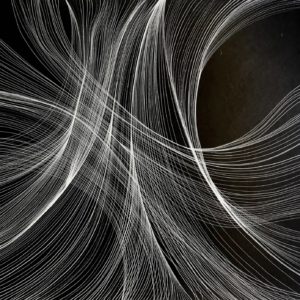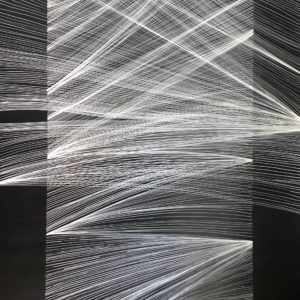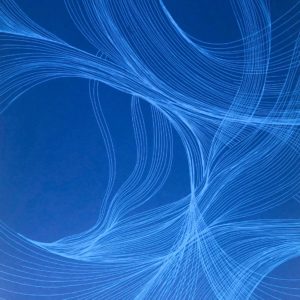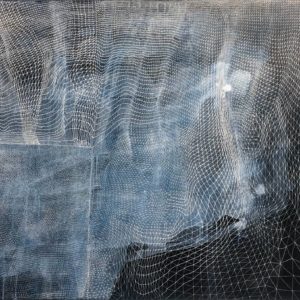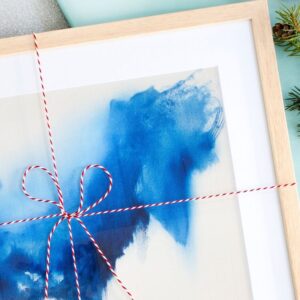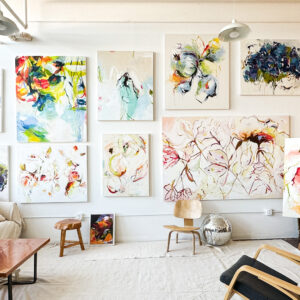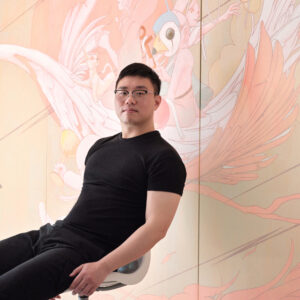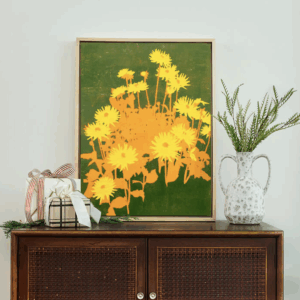 Meet the Others: Adam Zoltowski
Meet the Others: Adam Zoltowski
June 22, 2020Posted by Sasha Ali
The Game Changers. The Rule Breakers. The Innovators. Discover some of the fantastic emerging talent showcasing their work at The Other Art Fair.
Adam Zoltowski’s work communicates the ways in which everything is connected, and the fine balance between control and chaos, existence and non existence, and the natural and synthetic.
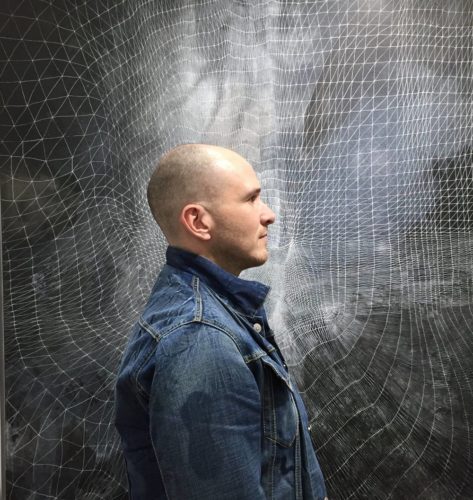
Q&A with the Artist
Tell us about who you are and what you do. What is your background?
I’m a graphic designer by trade, so my work is rooted in the idea of designed systems. I’d always been a painter – making portraits and landscapes – but began making more abstract work several years ago by focusing on meditative, repetitive mark making as a form of creation. The goal was to try to depict a feeling found only in nature without representing it literally. It’s as much about the process as it is about the outcome of the piece I’m working on. I originally grew up in the country, so developing work related to natural places has always been important to me.
What are the major themes you pursue in your work?
The major themes of my work are all about order and disorder. I use very rigid visual systems to create pieces: repeating triangles, lines, squares. I give myself some rules to follow and start drawing, I usually don’t know what it will look it is finished, which allows disorder to take over and for the work to evolve organically.
How did you first get interested in your medium and what draws you to it specifically?
After years working in the advertising and design world, I needed to just make something for the joy of making it and not because I was getting paid to do it. I wanted to have an escape, where I could be in the zone for an hour, two hours, or three hours – something that is very hard to do now with all the distractions of modern life.
I make a lot of monochromatic works – which definitely has been influenced from my career as a designer where minimalism is a big part of my philosophy; less is more. I like the simplicity of white on black or vice versa. I also use a lot of wood panels, usually washed with watercolor. The texture of wood grain is just something I’m really drawn to. Some of my earliest works were drawings of tree rings. The repetition found in them is really beautiful. When you look at nature there are all these inherent design systems all around us if you take the time to look.
How has your style and practice changed over the years?
It’s definitely gotten more intentional. I’ve also started to incorporate more complex systems and materials combinations. They’ve also grown in scale. When I first started I was making small works, maybe 3’x4’ at the largest. The last piece I did was 4’x8’ and can barely fit in my studio.
Can you walk us through your process? How long do you spend on one work? How do you know when it’s finished?
I usually start with the base material. My works on wood take a lot of surface preparation and care. Works on canvas allow me to be more improvisational. Once I have a background I feel good about I’ll start drawing. No matter the type of shape I’m using it’s done one shape at a time. I don’t do any sketches beforehand because I’ve found that the less I think about what I’m doing the better things turn out.
I layer the shape system until a form begins to emerge – then I just need to continue to work and follow the rules I’ve given myself: no skipping ahead and no going backwards. At this point the composition almost draws itself.
There is no set time a piece takes me. Some I’ve done in 3 weeks, others take 3 months. Usually the more I give myself over to the progress the faster it goes.
What series or project are you working on next?
I’m working on a series now that is more sculptural, moving away from drawing and developing 3 dimensional compositions on wood and canvas. These pieces are more fluid and organic and less oriented in design systems. I’m not sure what it’s about yet, starting with an idea around material first and going from there.
What is the best advice given to you as an artist?
Just to do what you love/enjoy making, and to not worry whether or not other people are going to like it. It’s always nice when people do like your work, but you need to be happy in and enjoy the process of creation for it to be worthwhile. I spent a lot of years making stuff no one saw, but I enjoyed every minute of it.
Shop artwork by Adam and other trailblazing artists at The Other Art Fair’s Online Studios.
Introducing The Other Art Fair Online Studios, a new online platform offering art lovers around the world access to over 800 Fair artists. The Online Studios will keep our community feeling inspired, engaged, and continue to spread joy through art.
 Meet the Others: Adam Zoltowski
Meet the Others: Adam Zoltowski
